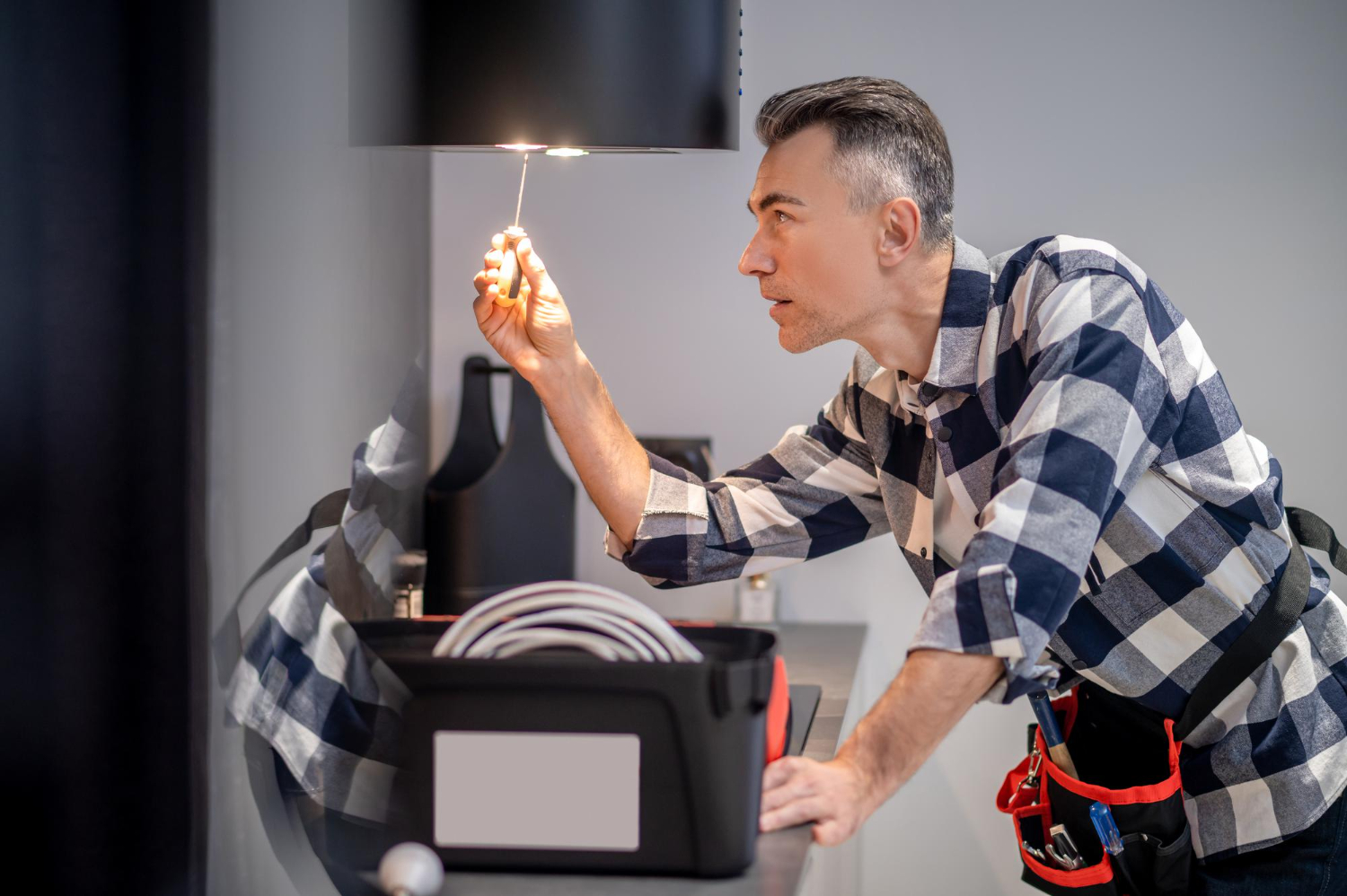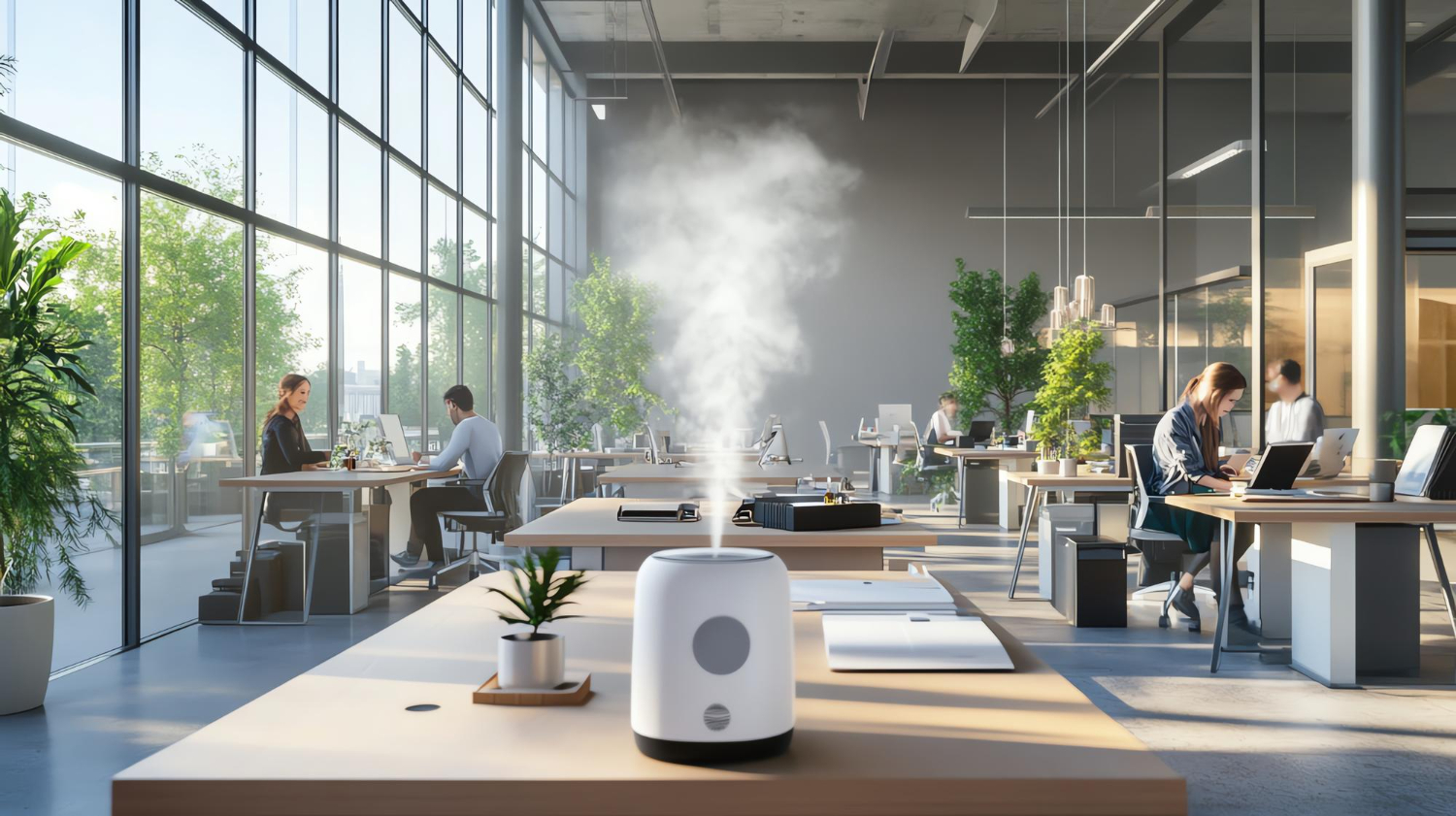
India's major cities, including Delhi and Mumbai, are battling dangerous levels of air pollution. With the air quality index (AQI) showing alarming figures, the health risks for city dwellers are escalating. In Delhi, PM10 levels have reached 415 and PM2.5 at 282, while in Mumbai, PM10 has hit 141 and PM2.5 stands at 65. This toxic air is affecting everyone, especially those in corporate offices, where employees are spending long hours breathing in harmful particles.
Air pollution not only affects respiratory health but also has long-term effects on various organs, including the brain. The issue is not just confined to outdoor air. Indoor air quality in offices can also be compromised due to inadequate ventilation, dust and harmful pollutants from building materials or office equipment. To ensure a healthy workplace, corporate offices must take steps to improve air quality. Here are five effective ways to tackle this growing concern.
1. Install High-Quality Air Purifiers
Air purifiers are a vital tool in combating poor indoor air quality. These devices help filter out harmful particulate matter (PM2.5 and PM10), which are the leading causes of chronic respiratory diseases such as lung cancer and chronic obstructive pulmonary disease (COPD). Installing air purifiers with HEPA filters in office spaces can significantly reduce the concentration of pollutants in the air.
Many companies in cities like Delhi and Mumbai have adopted air purifiers as part of their office infrastructure. Given the severe outdoor pollution levels, this has become a necessity to ensure that employees aren’t inhaling the same harmful air indoors.
2. Improve Ventilation Systems
A well-functioning ventilation system is key to maintaining fresh air inside the office. Offices often have closed environments, which can trap pollutants such as carbon dioxide, volatile organic compounds (VOCs), and airborne particles. By improving air circulation through mechanical ventilation, natural ventilation, or hybrid systems, the office can ensure that the air indoors is continually refreshed.
In offices located in high-pollution areas, using advanced ventilation systems that incorporate filtration of outdoor air can mitigate the risk of bringing in pollutants from the outside. This ensures employees are breathing cleaner air throughout the day.
3. Monitor Indoor Air Quality
Investing in indoor air quality (IAQ) monitoring tools is essential for keeping track of pollutant levels inside the office. These devices measure parameters such as PM2.5, PM10, CO2, humidity and VOCs. Continuous monitoring allows businesses to take immediate corrective actions if pollution levels exceed the safe limits. Keeping an eye on IAQ data also helps in identifying problem areas within the office and taking preventive measures.
Some large corporations have started using air quality monitoring systems to provide real-time data to employees about the air quality in different areas of the office, ensuring transparency and accountability in maintaining healthy indoor environments.
4. Incorporate Green Spaces
Adding indoor plants is an effective, low-cost way to improve air quality in office spaces. Plants help filter out pollutants and increase oxygen levels. Some of the best plants for air purification include spider plants, peace lilies, and snake plants. These plants absorb toxins and increase humidity levels, contributing to a fresher and cleaner environment
A growing number of corporate offices in high-density urban areas are setting up "green zones" or "indoor gardens" to boost air quality and create a more relaxed, productive environment for employees.
5. Promote Regular Cleaning and Maintenance
Regular cleaning of office spaces is crucial in minimizing dust and particulate matter buildup. Dust particles, mold and allergens accumulate over time, contributing to poor air quality. Companies should ensure that air ducts, filters, carpets and office equipment are cleaned and maintained regularly to prevent the spread of airborne pollutants.
Many forward-thinking companies have implemented rigorous cleaning schedules for air ducts and filtration systems to ensure that pollutants are not being recirculated through the office.
Improving air quality in corporate offices is not just about enhancing comfort—it's about protecting the health and well-being of employees. Air pollution is a serious threat, contributing to respiratory diseases, heart conditions, and even neurological disorders like Alzheimer’s and Parkinson’s. Studies have shown that chronic exposure to poor air quality can eventually affect every organ in the human body, aggravating existing health conditions and leading to new ones.
To ensure a safe and healthy workplace, corporate offices should also regularly conduct air testing. This helps identify harmful pollutants and ensures that the corrective measures taken are effective. Testing air quality can highlight areas where improvements are needed, whether through better ventilation, air purification, or structural adjustments.
In cities where outdoor air quality is already compromised, companies cannot afford to overlook the importance of clean indoor air. Air testing is essential in making informed decisions about how to improve and maintain a safe work environment. Investing in regular air testing not only safeguards employee health but also boosts productivity, as clean air contributes to better concentration and fewer sick days.
In conclusion
By taking these steps—installing air purifiers, improving ventilation, monitoring IAQ, incorporating green spaces and promoting regular cleaning—corporate offices can significantly improve air quality, creating a healthier and more productive environment for all employees.



